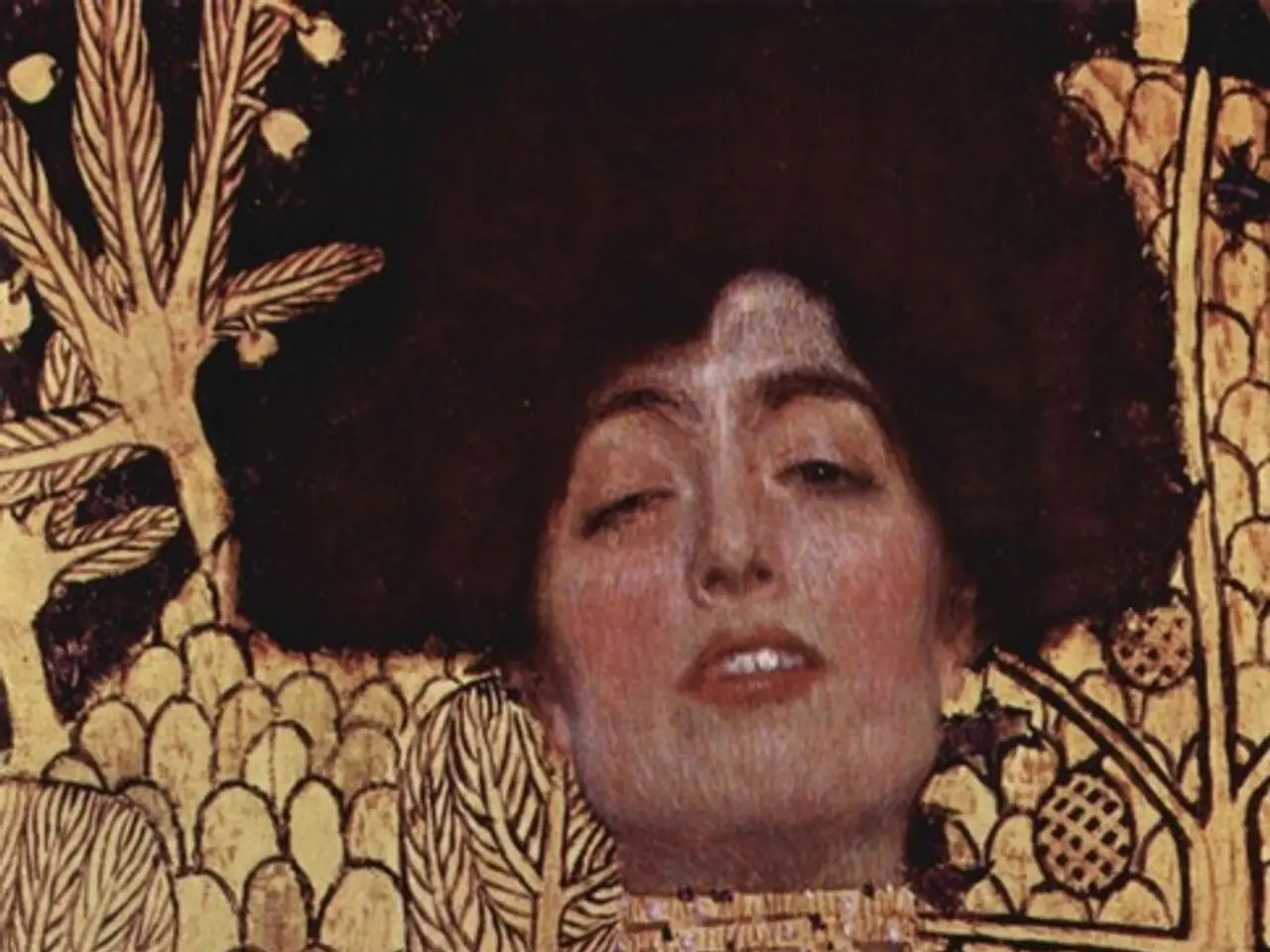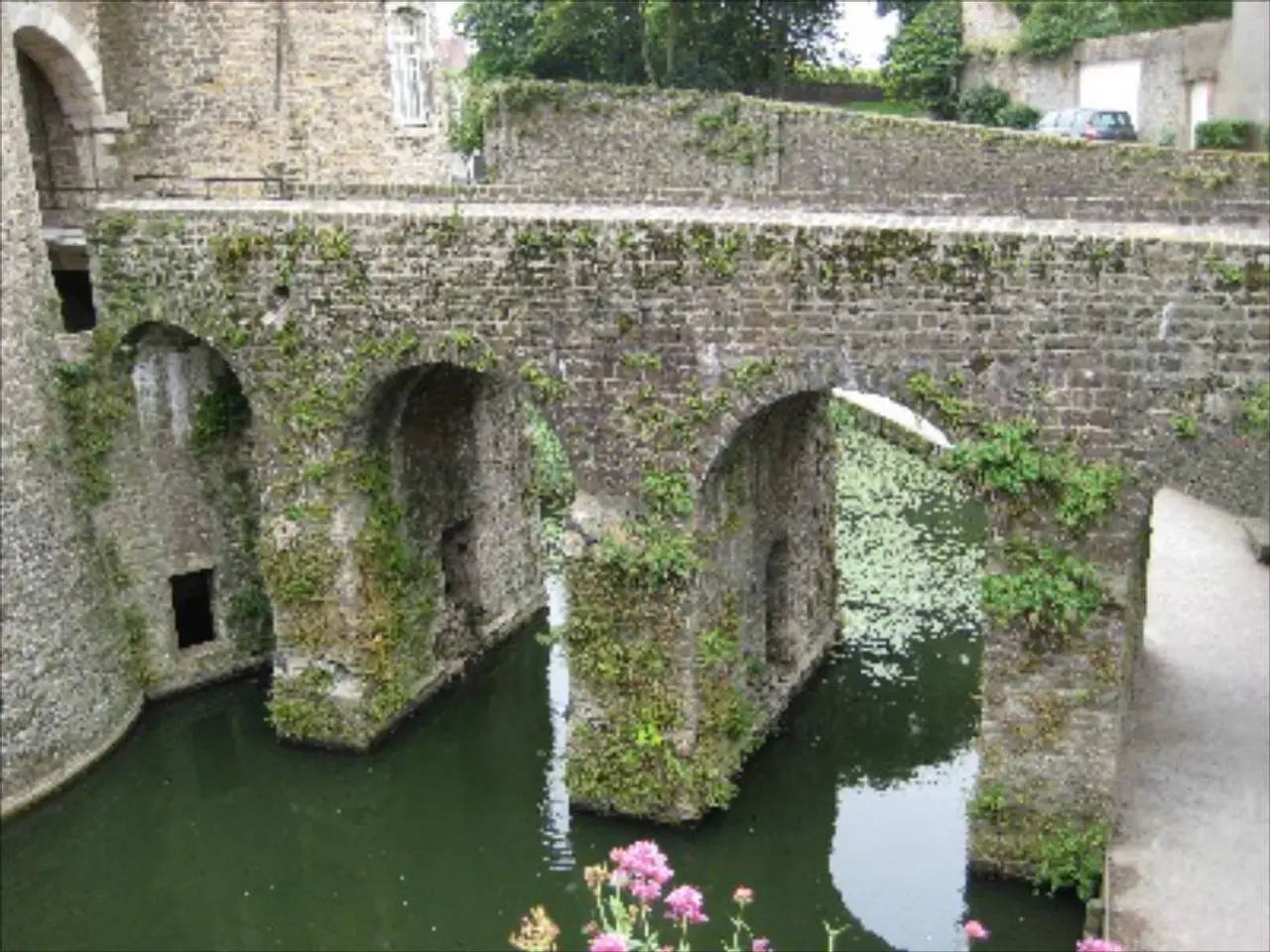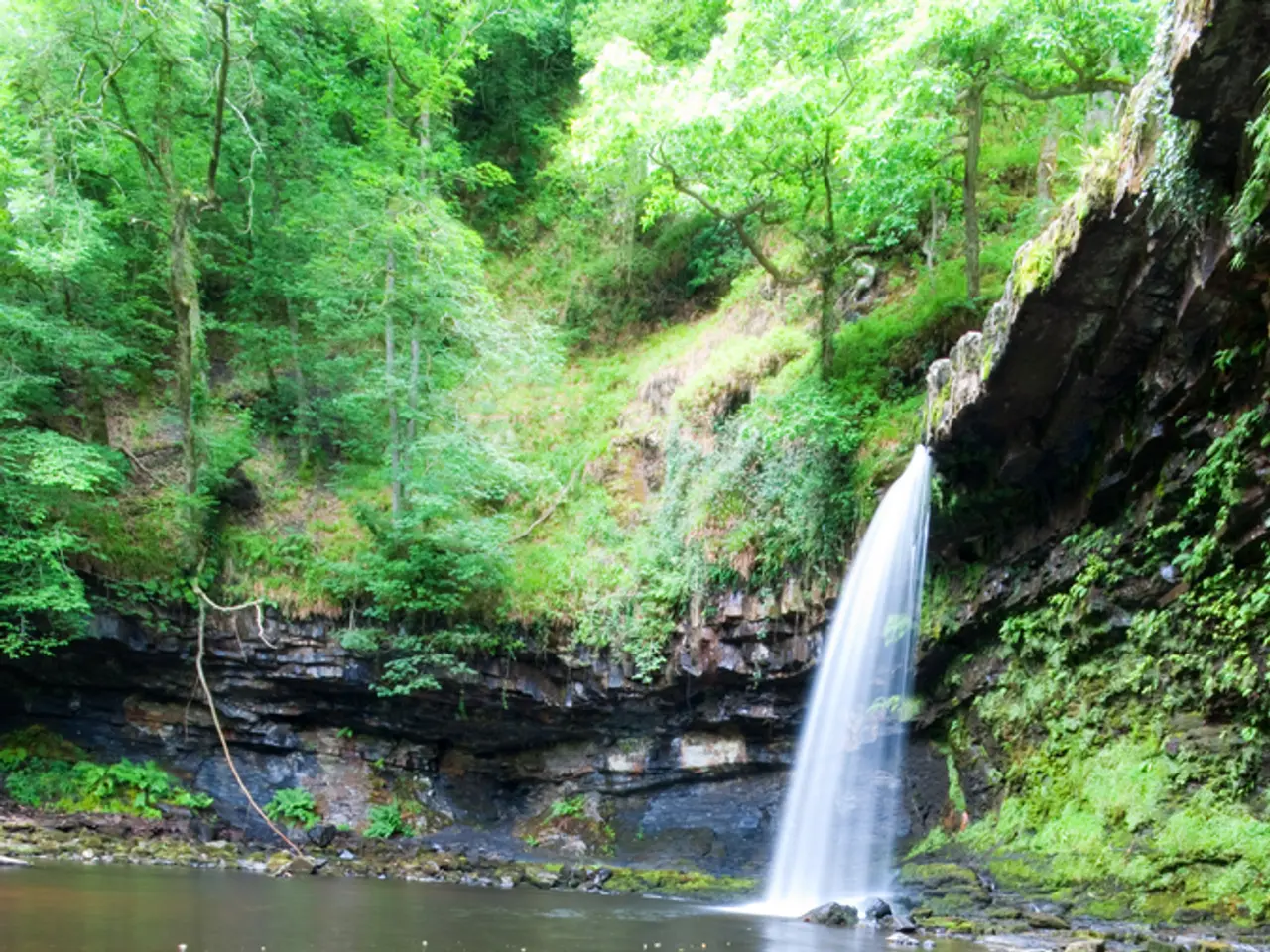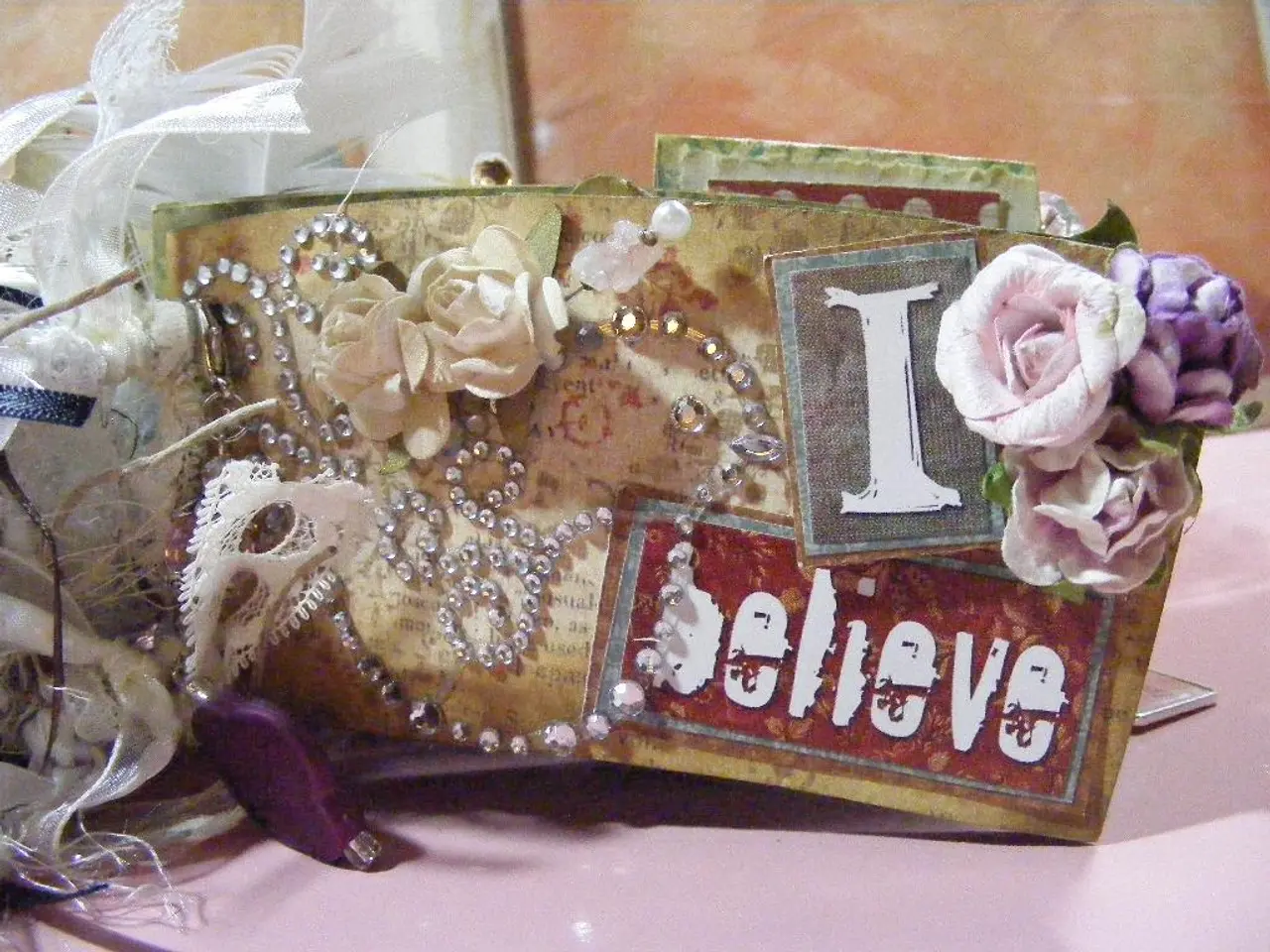Essential Facts for Novice Oil Painters: A Quick Guide Before You Start Your Artistic Journey
=====================================================================
Delve into the world of oil painting with these practical tips and techniques for beginners.
Starting Out with Oil Painting
For a smooth start, consider using a ready-made student-grade pre-primed canvas or board. There's no need to prime it yourself initially. A small set of brushes, including a mix of natural bristle and synthetic brushes in various shapes, should suffice. Avoid specialist brushes like fan or rigger for now.
Wet-on-Wet (Alla Prima) Technique
To speed up the painting process and practice effectively, use the wet-on-wet (alla prima) technique. This means layering paint without waiting for drying in between. This approach is beneficial for beginners as it helps to build essential oil painting skills.
Layering Techniques
When it comes to layering, it's best to work from dark to lighter colours. Lighter paint layers are easier to apply over darker underlayers. Focus on mastering global strokes—broad, confident brush movements—to build form effectively.
Dry Brushing and Impasto
Dry brushing is a technique that uses a brush with minimal paint, resulting in a chalky, powdery stroke. This technique can add texture and softness to your painting, best practiced after gaining some control over basic brushwork.
Impasto strokes involve applying paint thickly to the surface, creating a textured effect. These strokes bring energy to a painting and add an extra dimension, as the marks stand out from the surface and affect how light is reflected on the canvas. Loading a brush with paint for impasto strokes can help build texture and movement into a painting.
Impasto marks are typically saved for the last stage of the painting, used for light areas and focal points. You can create bold, expressive effects and add physical texture to your painting using a palette knife instead of brushes. Beginners should experiment with palette knives not only for mixing but for impasto application.
Choosing the Right Tools
When choosing a canvas for oil painting, consider using one of the best oil paint canvas options for better results. Oil paints come in various qualities, with student-quality being suitable for beginners and ideal for backgrounds. On the other hand, 'artist' ranges offer better pigment quality for more vibrant colors.
It is recommended to try out different brushes to discover what works best in terms of hair, shape, and handle length. Boards are preferred over canvases for oil painting due to their ease of transport, shipping, and storage.
Oil Painting Techniques for Beginners: Key Takeaways
- Use wet-on-wet (alla prima) technique to avoid waiting for layers to dry.
- Select ready-made student-quality canvases or boards; no need to prime yourself initially.
- Buy a small, varied set of mostly bristle and synthetic brushes; avoid niche brushes.
- Start painting dark to light for easier layering.
- Use dry brushing to create soft textures once comfortable.
- Try stencil impasto textures with a palette knife for bold strokes.
These tips keep the learning curve manageable while developing essential oil painting skills. Happy painting!
[1] Source 1 [2] Source 2 [3] Source 3 [4] Source 4 [5] Source 5
- As an artist dabbling in home-and-garden decor, I was intrigued by the use of 3D elements in the latest logo design.
- For those who appreciate the creative process, watching a tutorial on painting techniques can be both educational and entertaining, enhancing one's lifestyle.
- In the world of UI and UX design, clever use of color can significantly impact the user experience, contributing to the overall layout and aesthetic.
- A dedicated workspace at home can foster a conducive environment for artistic pursuits, be it oil painting, drawing, or even creating a lifestyle blog.
- The painter meticulously layered oil paint, blending colors in a manner reminiscent of a skilled artist, creating a breathtaking landscape painting.
- Venturing into the realm of digital art, I discovered a fascinating tutorial on shading and highlights in 3D paintings, enhancing my artistic skillset.
- From home-and-garden décor to digital art, embracing creativity in our daily lives enriches our living spaces and contributes to a more fulfilling lifestyle.




